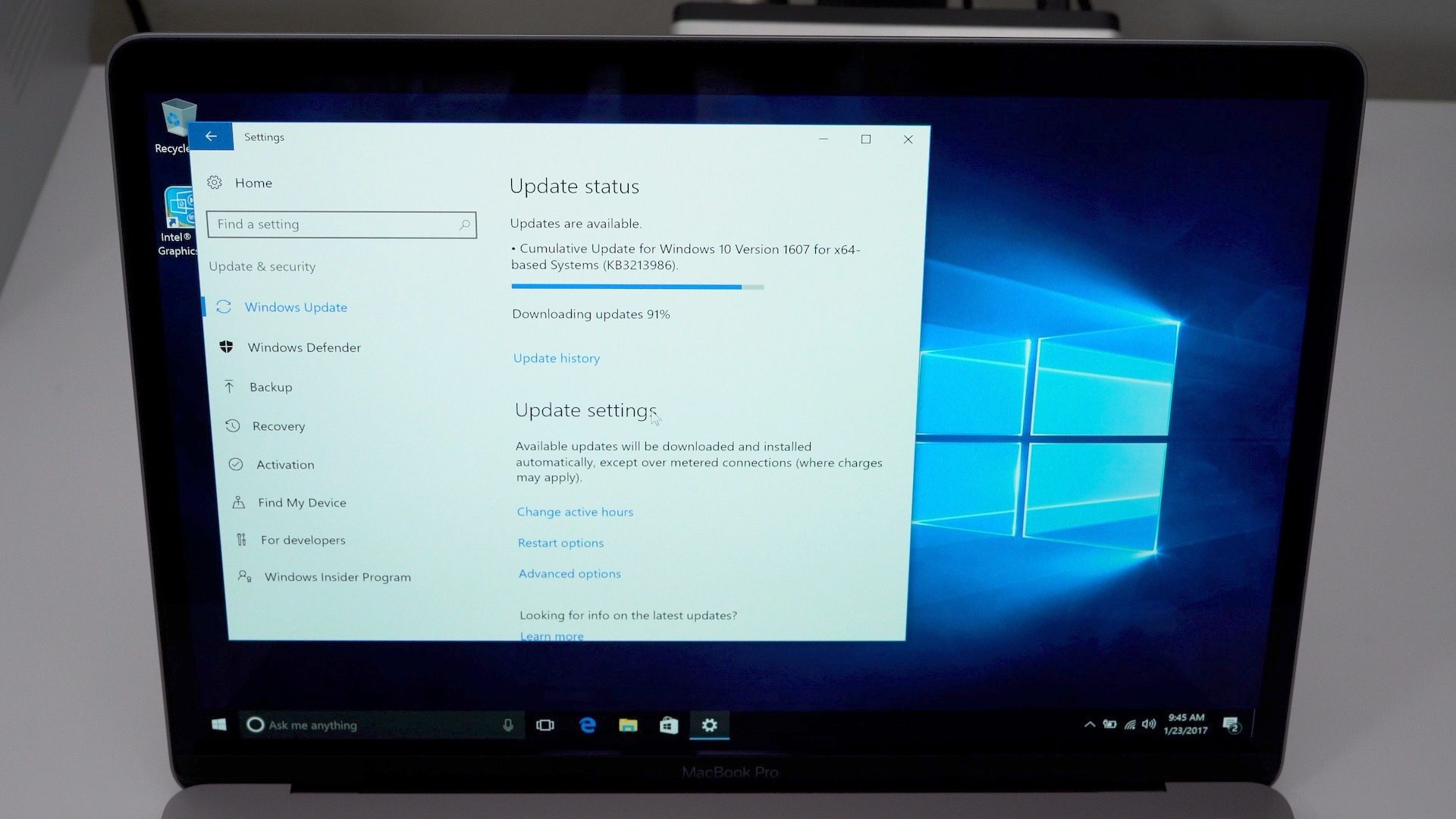

Those processors should be strong enough to emulate x86 CPUs and run Wintel without too much difficulty.

It's even a fair assumption that after a few years, the Apple Silicon-based Macs will have ludicrously powerful processors. So, it's a fair assumption that the Apple Silicon-based Macs will have reasonably powerful processors. We can assume that Apple will drive up its processor power over the years because it has such a good track record of beefing up its own processors. The development kit version released now is using a Mac mini enclosure with what's essentially an iPad inside.
#Bootcamp mac mini 2011 windows
For our purposes, when we're talking about Windows on Arm Macs, we're talking about traditional x86 Windows, not the Windows for Arm implementation that's only available to OEMs.Īs our next caveat, we need to admit we have no idea how powerful the Apple Silicon-based Macs will be. Windows, of course, is x86-based, except for the random Arm-based machine like the Surface X, which runs x86 instructions in emulation. If you configure a Mac with at least 16GB RAM and a processor that runs on more than pedal power, you should be fine. If you starve any OS, it will slow down and if you feed it, it will do well by you. Now, to be fair, I always run Parallels on well-configured Macs with faster processors a good amount of memory. In fact, most of the time I use Parallels and virtual machines rather than dual boot.

I have run Windows on my Macs during all of those years, but I haven't always used Boot Camp. Introduced in 2006 as a beta of OS X Tiger, Boot Camp has now been with us for 14 years. But Apple has historically been a hardware-centric company and if selling a few Macs that could run Windows would sell a few more Macs, nobody at Apple felt a strong need to stand in the way. What wasn't inevitable was that this feature would come from Apple. It was almost inevitable (at least from an engineering perspective) that a boot loaded that could load Windows would be available for these very PC-like Macs. Fundamentally, Intel-based Macs are very close in implementation to PCs, often sharing some of the same off-the-shelf components. No need to re-partition, no need to re-install Windows.Windows virtual desktops: How you can manage, monitor and virtualise devices remotelyīoot Camp is essentially a side-effect of the architectural design of Intel-based Macs. Once you have downloaded this file you can quit out of the bootcamp assistant.
#Bootcamp mac mini 2011 driver
Run the bootcamp assistant again and you'll come to a page where it prompts you to download a driver bundle that you need to copy onto a DVD/CD or USB drive. This will entice more people to respond and enable people to give you more specific help.
#Bootcamp mac mini 2011 full
In addition, when asking for help can I suggest that you type in full sentences, avoid 'text speak' and include the model of Mac you have and the version of OSX you are using. With bootcamp in particular I can recommend the guides found here: Apple - Support - Boot Camp I can recommend to anyone running through an unfamiliar process to read everything carefully that's put up on screen. I don't mean to sound 'funny' but this information is there precisely to help those who aren't "very good with computer stuff" or those unfamiliar with the process. The bootcamp assistant tells you exactly what it's going to do and what you need to do. To all of the new posters on this thread having bootcamp issues, welcome to the forums.


 0 kommentar(er)
0 kommentar(er)
